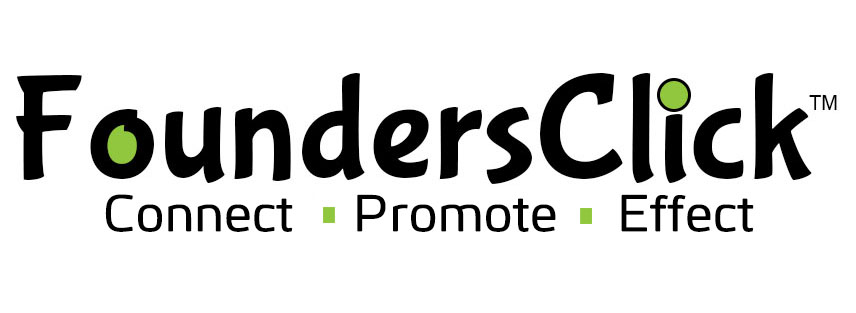Cloud computing is the delivery of computing services—like servers, storage, databases, networking, software, analytics, and intelligence—over the internet (“the cloud”) to offer faster innovation, flexible resources, and economies of scale.
Instead of owning and maintaining physical data centers or servers, organizations (and individuals) can rent access to computing resources from a cloud provider such as Amazon Web Services (AWS), Microsoft Azure, or Google Cloud Platform (GCP).
Key Features of Cloud Computing:
-
On-Demand Self-Service: You can access resources (e.g., storage, servers) without human interaction.
-
Broad Network Access: Services are accessible over the internet from anywhere.
-
Resource Pooling: Multiple users share the same physical resources in a secure and isolated manner.
-
Rapid Elasticity: Easily scale up or down based on demand.
-
Measured Service: Pay only for what you use (like utilities—water or electricity).
☁️ Types of Cloud Computing:
-
Public Cloud: Services are delivered over the public internet and shared among multiple organizations.
-
Example: AWS, Azure, GCP
-
-
Private Cloud: Used exclusively by one organization. Hosted on-premises or by a third party.
-
Hybrid Cloud: Mix of public and private clouds, allowing data and apps to be shared between them.
💻 Service Models in Cloud Computing:
-
Infrastructure as a Service (IaaS):
-
Provides virtualized computing resources like servers and storage.
-
Example: AWS EC2, Google Compute Engine
-
-
Platform as a Service (PaaS):
-
Provides a platform to build, test, and deploy applications without managing the underlying hardware.
-
Example: Google App Engine, Heroku
-
-
Software as a Service (SaaS):
-
Delivers software over the internet on a subscription basis.
-
Example: Google Workspace, Microsoft 365, Dropbox
-
🛠️ Common Cloud Computing Uses:
-
Hosting websites and blogs
-
Storing and backing up data
-
Developing and testing apps
-
Streaming media (e.g., Netflix, Spotify)
-
AI and machine learning tasks
-
Big data analytics
-
Internet of Things (IoT)
🔒 Security in the Cloud:
Cloud providers use encryption, identity and access management (IAM), firewalls, and regular audits to protect data. Still, it's a shared responsibility—users also need to follow best practices.
🌍 Top Cloud Providers:
-
Amazon Web Services (AWS)
-
Microsoft Azure
-
Google Cloud Platform (GCP)
-
IBM Cloud
-
Oracle Cloud
📈 Benefits of Cloud Computing:
-
Cost-effective (no need for physical hardware)
-
Scalable and flexible
-
Accessible from anywhere
-
Reliable with high uptime
-
Fast deployment of services

 SkillClick
SkillClick
